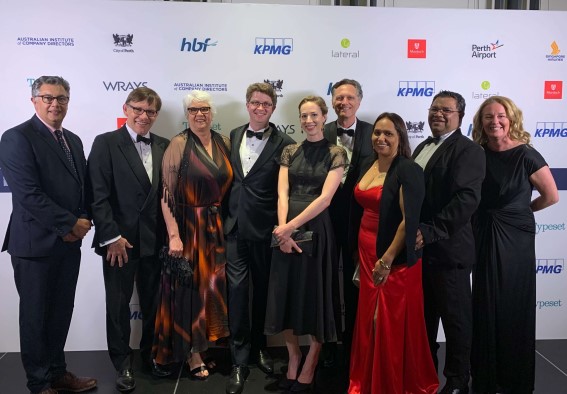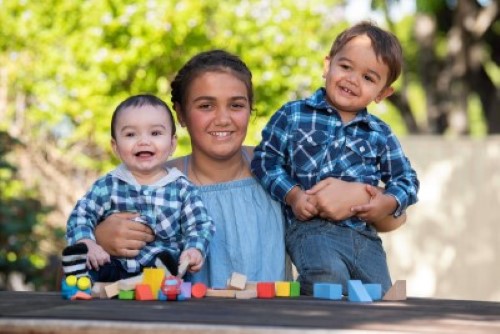Search
Research
Nasal delivery of a commensal Pasteurellaceae species inhibits nontypeable Haemophilus influenzae colonisation and delays onset of otitis media in miceWe have demonstrated that a single dose of a closely related commensal can delay onset of NTHi otitis media in vivo
Research
Panel 7 – Pathogenesis of otitis media – A review of the literature between 2015 and 2019The most urgent areas appear to be to continue monitoring the emergence of novel otopathogens, and the need to develop prevention and preventative therapies
Research
Genetic and functional evidence for a role for SLC11A1 in susceptibility to otitis media in early childhood in a Western Australian populationOtitis media (OM) is a common disease in early childhood characterised by inflammation of the middle ear.
News & Events
DOWNLOAD - The first research report: Patterns and trends in Mortality in WA.The Advisory Council on the Prevention of Deaths of Children and Young People today officially released this report.

News & Events
Aboriginal Ear Health Stakeholder Meeting (By invitation only)Acknowledging the enormous efforts in ear health programs across WA, we invite stakeholders to assist us in establishing research priorities.

News & Events
Perth researchers one step closer to wiping out childhood ear infectionsResearchers from The Kids Research Institute Australia have identified the main bacteria responsible for recurrent ear infections and repeat ear surgeries in children.

News & Events
The Kids ear health researcher takes out top science prize at 40Under40 AwardsDr Chris Brennan-Jones received the Woodside STEM Award for Excellence in Science at the prestigious 40Under40 Awards.

News & Events
Ear health partnership brings brighter future for Aboriginal kidsA new partnership between The Kids Research Institute Australia, Dr George Sim and St John of God Murdoch Hospital will offer essential surgery at no cost for a group of Aboriginal children suffering severe ear infections.
Research
Genetic susceptibility to otitis media in childhoodReviewed in this article these studies have identified positive association at 21 genes with association at five of these replicated in independent populations.
Research
IgG Responses to Pneumococcal and Haemophilus Influenzae Protein Antigens Are Not Impaired in Children with a History of Recurrent Acute Otitis MediaVaccines including conserved antigens from Streptococcus pneumoniae & nontypeable Haemophilus influenzae have the potential to reduce of otitis media.
